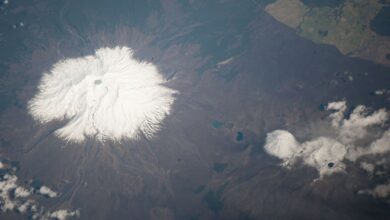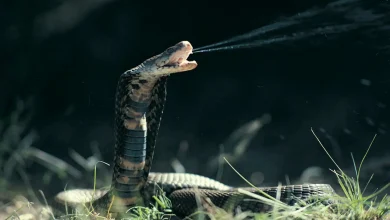What Animals Migrate For Winter
Animals migrate for Winter is one of nature’s most fascinating and complex behaviours. It involves the large-scale, often seasonal movement of animals from one habitat to another, typically triggered by environmental changes such as food availability, weather conditions, or breeding needs. Unlike random wandering or one-time relocation, migration is purposeful and cyclical.
Many animals return to the same locations year after year with astonishing accuracy. While birds are commonly associated with migration, this behaviour spans a diverse range of species, including whales, butterflies, caribou, sea turtles, and even certain fish and insects.
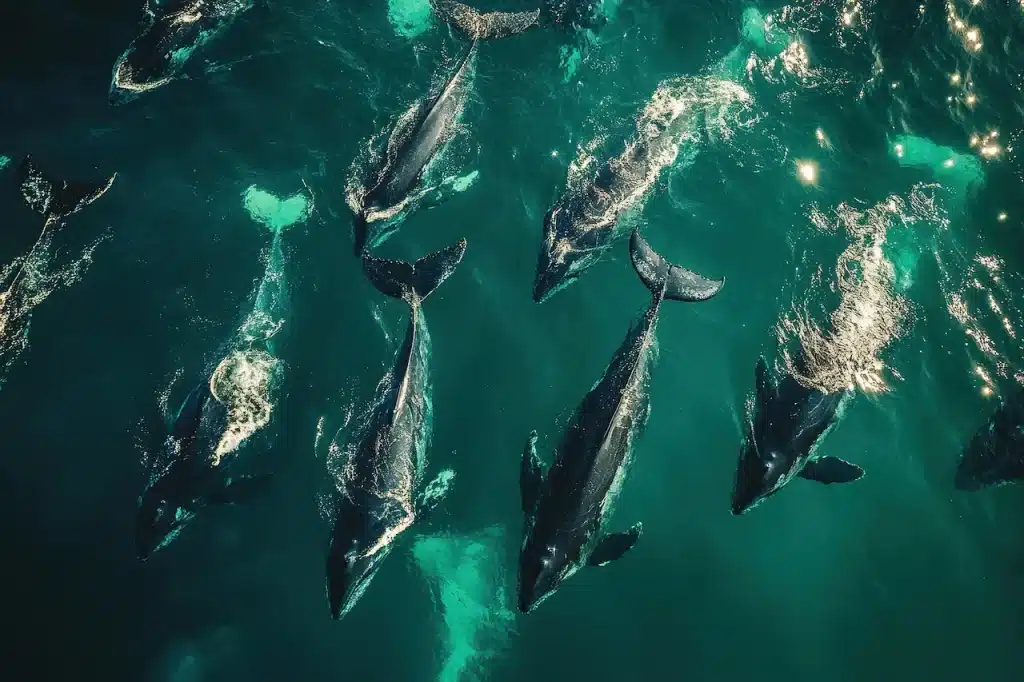
Reasons Why Animals Migrate in Winter?
A key reason many animals migrate, particularly in the winter, is survival. As colder months arrive, food sources can become scarce. Deciduous plants lose their leaves, insects vanish, and smaller animals may hibernate, making it harder for predators and foragers to find sustenance. To overcome these challenges, migratory animals travel to warmer regions where food remains plentiful. For example, birds like the Arctic tern and monarch butterflies fly thousands of miles to escape the cold and locate feeding grounds. Beyond food, migration also supports reproduction, allowing animals to breed in environments that offer safer conditions for raising young.
Ultimately, migration reflects an extraordinary evolutionary adaptation, one that showcases the resilience, intelligence, and navigational prowess of the animal kingdom. These incredible journeys not only ensure survival but also maintain the ecological balance of many habitats across the globe.
What happens to wildlife in winter?
Winter is a time of quiet transformation in the natural world. The cold can cause animals to slow down or enter states such as diapause or hibernation. Even suburban areas, forests, prairies and other rural areas are quieter, but that does not mean wildlife has disappeared. Although bears hibernate for long periods and insects go dormant, many animals are still active in spite of the snow and ice.
Deer, squirrels and beavers, to name a few, are creatures that keep busy during the winter. These animals are hardy and prepare for the winter by gathering food in the fall, thickening their fur, and changing their behaviour to adapt to the harsher weather. Some animals even adapt their diet or use built-in adaptations such as fat reserves or insulated tunnels to survive. Winter is full of fascinating wildlife activity in your backyard or forest. It gives you a glimpse into how species survive and thrive.

9 Animals that Migrate Every Winter
Around the world, many animal species embark on epic migrations. They are driven by their need to reproduce, survive or adapt to environmental changes. These migrations are often thousands of miles long and require endurance, navigation skills, and a good sense of timing. The animal kingdom provides stunning examples of creatures overcoming enormous challenges in order to complete their life cycle.
Arctic Terns
Arctic Terns hold the record for the longest migration by any animal. Each year, these small seabirds make a 25,000-mile round trip from their breeding grounds to Antarctica and back. By chasing summer, they can enjoy almost continuous daylight and a plentiful food supply.
Monarch Butterflies
The migration of monarch butterflies is incredible. It can span up to 3,000 miles. They fly from Canada and the northern United States to central Mexico’s mountain forests to overwinter. Remarkably, it is not these individuals who complete the return trip, but rather their descendants. They are guided by instinct to go back to their ancestral home.
Bats
Species of bats like the Mexican free-tailed migratory bat also migrate according to season. These bats migrate from the northern regions of North America southward to spend the winter. Although their migration is shorter than that of birds and whales, they still travel hundreds or even thousands of miles to find food and suitable climates.
Blue Whale
The blue whale is the largest animal on Earth. It can grow up to 100 feet in length and weigh over 150 tons. They are the most endangered whales, with only 20,000-40,000 left. They are found in all oceans, except for the Arctic. In winter, they migrate to the warmer waters of the equatorial region and in summer return to polar areas to feed on zooplankton. Researchers are still unsure of their exact route, but it is believed that they migrate to feed and breed.
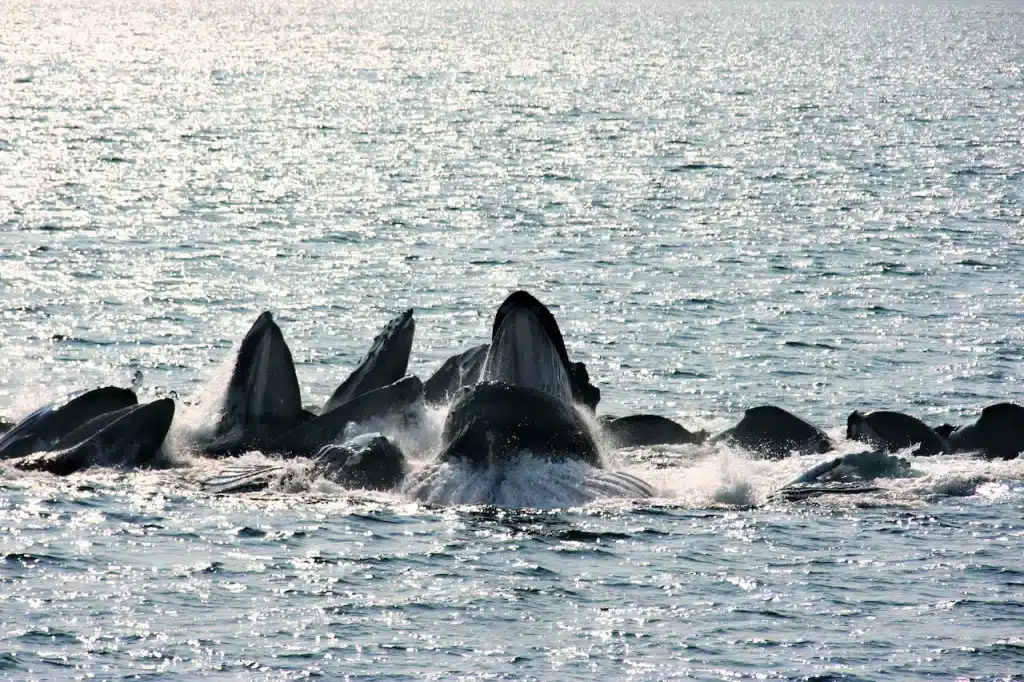
Humpback Whale
Humpback Whales are known for their haunting song and acrobatic breaching behaviours. The whales migrate from the polar region to the tropical regions. During winter, humpbacks travel to tropical waters for breeding and birthing. During the summer, humpbacks return to the cooler polar waters to feed on krill and small fish. The seasonal patterns on either side of the Equator are different, so unlike some species that migrate, the populations in the Northern and Southern Hemispheres don’t mix. A humpback’s migration can be up to 4,000 km each way. This is one of the longest-distance migrations of any animal.
Grey Whales
Grey whales have one of the most extensive migrations, covering approximately 14,000 miles a year. The journey starts in October when the whales leave the frigid waters of Alaska to head for the warmer lagoons of Baja California and the Gulf of California. The calm, shallow waters are ideal for calves to be born and nursed. The first ones to arrive are usually pregnant females, who seek protection from predators like sharks and orcas. These animals often follow migrating pods, hoping to prey on newborns. This journey is one of the most spectacular because of the grey whale’s endurance and instinctual navigation.
Hummingbird
Hummingbirds are the smallest birds on the planet and are known for the bright colours they display. Only a handful of the 300 species of hummingbirds migrate, including the ruby-throated hummingbird in North America. The tiny birds migrate in groups, but not in large numbers. They travel from their breeding grounds (the northern U.S.A. and Canada) to their wintering areas in Central America and Mexico. They can fly nonstop across huge distances despite their small size. Some have even flown up to 500 miles above the Gulf of Mexico. Hummingbirds migrate at daytime, eating nectar frequently along the way and sleeping at night. Their solo trips are an impressive feat of endurance.
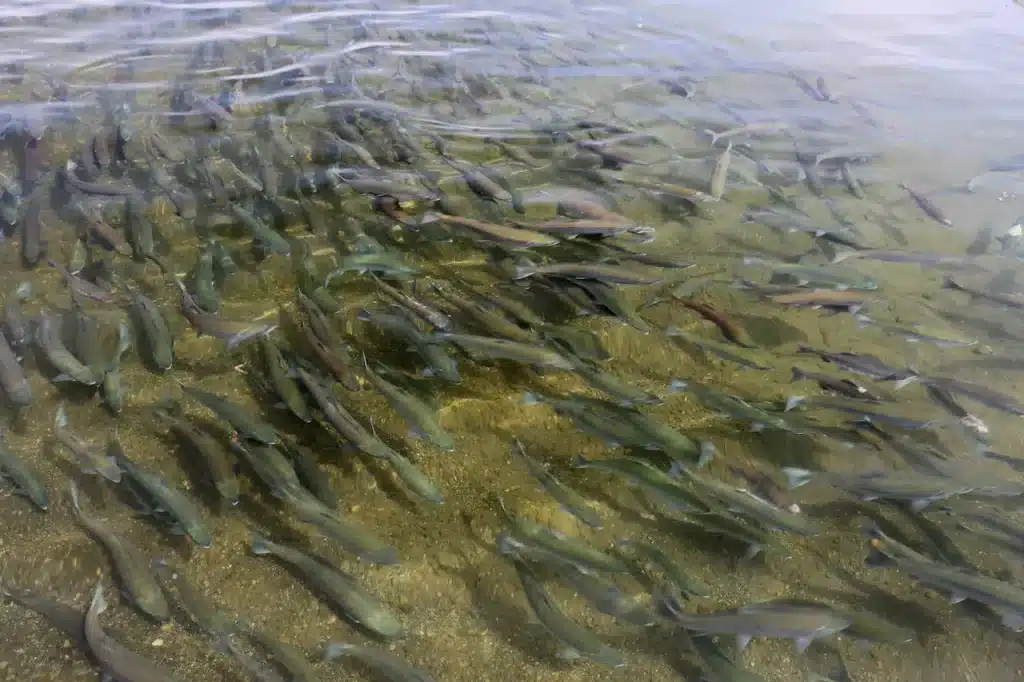
Salmon
The migration of the salmon is well known. Salmon are born in freshwater rivers and migrate to the sea, where they spend several years, before returning to their birth rivers to reproduce. The return journey is often dangerous, involving a lot of currents and jumping over waterfalls.
Snow Goose
Snow Geese Snow geese have a striking white plumage and are well-known for their loud honking call. These birds migrate in huge numbers as the seasons change in search of nesting and feeding areas. In the winter, flocks of snow geese fly south and often appear as swirling white storms in the skies. Winter habitats for snow geese include southern marshlands in California, Texas and northern Mexico, where they feed on grains, grasses and marsh vegetation. The geese will begin their return northwards to their Arctic breeding grounds once winter is over. This annual cycle has been defining their species for many generations.
Conclusion
Animal migration is an important symbol of the adaptability and resilience of nature. These epic journeys reflect the close relationship between animals and their environment. As human activities alter ecosystems more and more, migratory animals face increasing threats, from habitat loss and climate change to pollution and barriers that disrupt their route.
It’s not only about saving animals, but also about protecting the natural balance that sustains life. We have a duty as Earth’s caretakers to respect and protect these movements. By doing so, future generations will be able to continue to enjoy one of nature’s most amazing phenomena.

